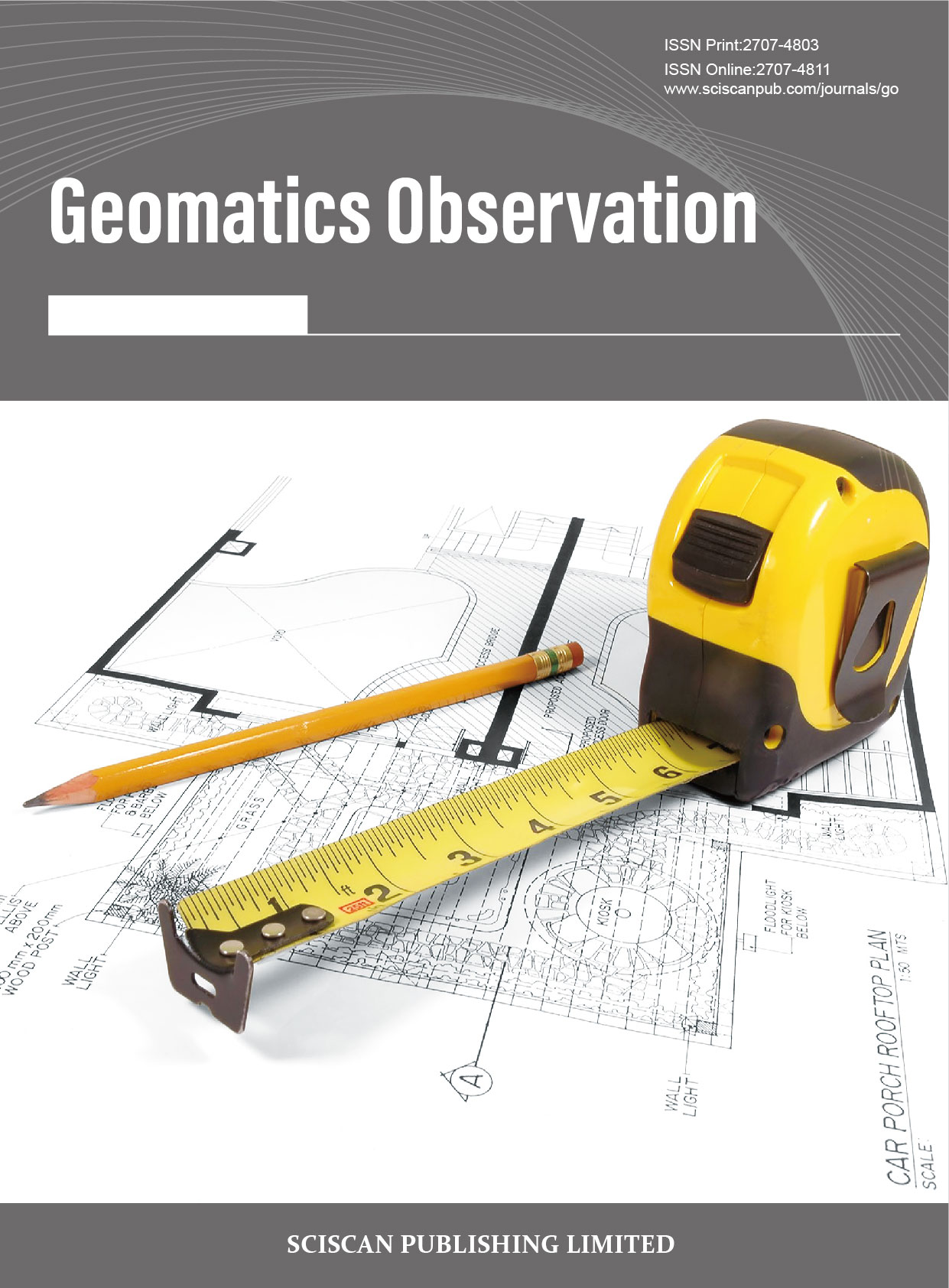Geomatics Observation
ISSN Print:2707-4803
ISSN Online:2707-4811
Contact Editorial Office
Subscribe to the latest published information from SCISCAN
GNSS 监测北京地区地壳运动的可行性研究
Feasibility Study on Using GNSS Observation to Monitor Crustal Movement in Beijing
- Authors: 吴培稚¹ 胡乐银¹* 徐平¹ 黎明晓² 陆明勇³ 邢成起¹ 朱红彬¹ 樊智勇¹ 梁芳¹ 黄雨蕊¹ 季红¹ 郑轶文¹ 施玉芳¹
-
Information:
1.北京市地震局,北京; 2.中国地震台网中心,北京; 3.中国地震应急搜救中心,北京
-
Keywords:
GNSS; Error; Disturbance; Fault; Earthquake MonitoringGNSS; 误差; 干扰; 断层; 地震监测
- Abstract: For the Beijing Continuous GNSS stations, the site distances are small and most of the stations are soil-based. The construction of the stations do not fully comply with the earthquake monitoring standards and the crustal movement is in a very low level. Considering all the above factors, we need study the feasibility to use the Beijing Continuous GNSS stations for monitoring the crustal movement in Beijing. In this paper, we carried out some preliminary study on respects of error, disturbance, point, line and area based on a decade observational data. The results show that, the error can be controlled by reasonable data processing methods and abandoning observations with large error. By identifying and excluding some interference, we carried out the site displacement analysis and found out the development process before and after the Tokyo 8.0 earthquake. By analyzing the changing of the baselines between GNSS stations we acquired the movement characteristics of two active fault. By analyzing the area changing, we realized some relationship among the area changing, comprehensive Precursory information and mean moving rate of the faults. According to the preliminary results, we think the Continuous GNSS stations can be used for earthquake monitoring in Beijing. 由于北京市 GNSS 连续观测台网孔径较小、土层站较多、站点建设不 完全符合地震监测规范、地壳运动水平较低等原因,能否用 GNSS 监测北京地 区的地壳运动,需要作可行性研究。本文利用十多年实际观测资料,在误差、干扰、 点、线、面等几个方面进行了初步研究。结果表明:误差可由解算方法和大误 差测值的舍弃得到一定程度控制,通过识别并排除部分干扰,对测站的位移进行分析得到了日本 9 级大地震有关的远场地壳形变变化过程,通过基线变化分 析得到了测区内两条活断层运动特点,通过面积元素分析得到了面积变化与前 兆综合信息量、断层活动年变率存在可比性。初步认为,在采取较为严格措施后, GNSS 观测能用于北京地区的地震监测。
- DOI: https://doi.org/10.35534/go.0203011
-
Cite:
吴培稚,胡乐银,徐平,等.GNSS 监测北京地区地壳运动的可行性研究[J].测绘观察,2020,2(3):85-95.
https://doi.org/10.35534/go.0203011
















